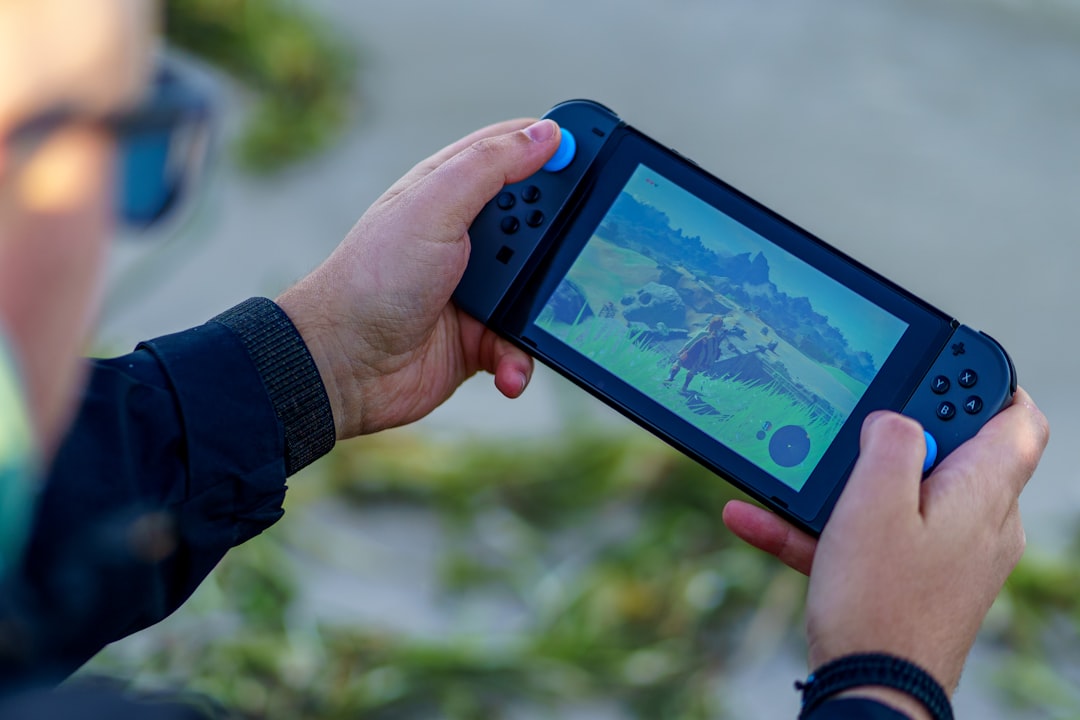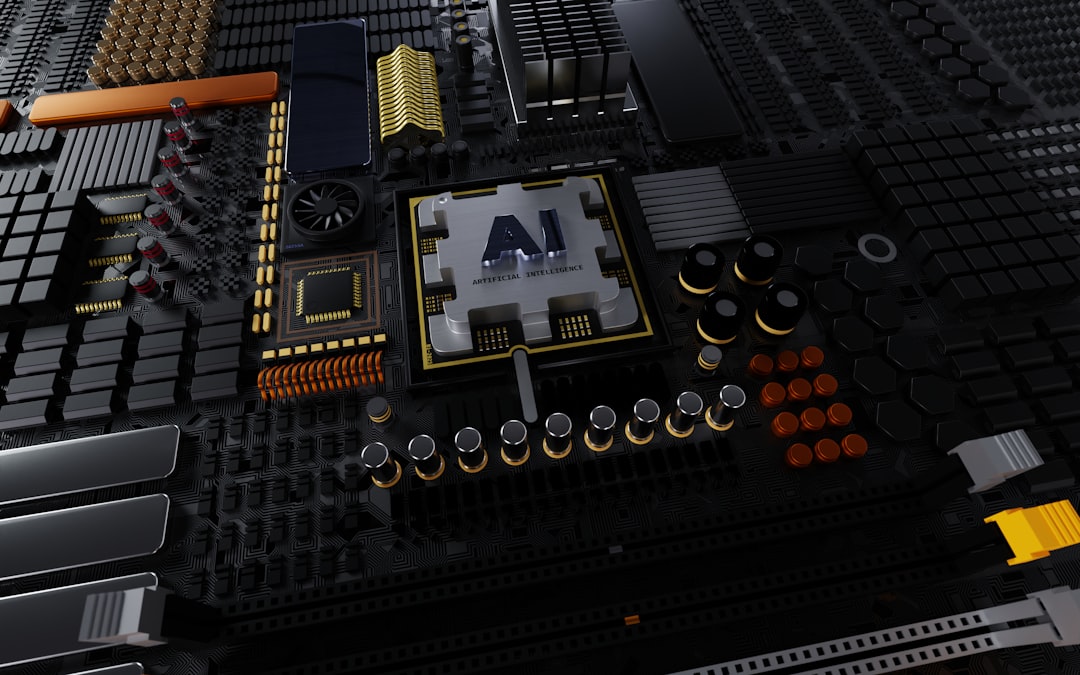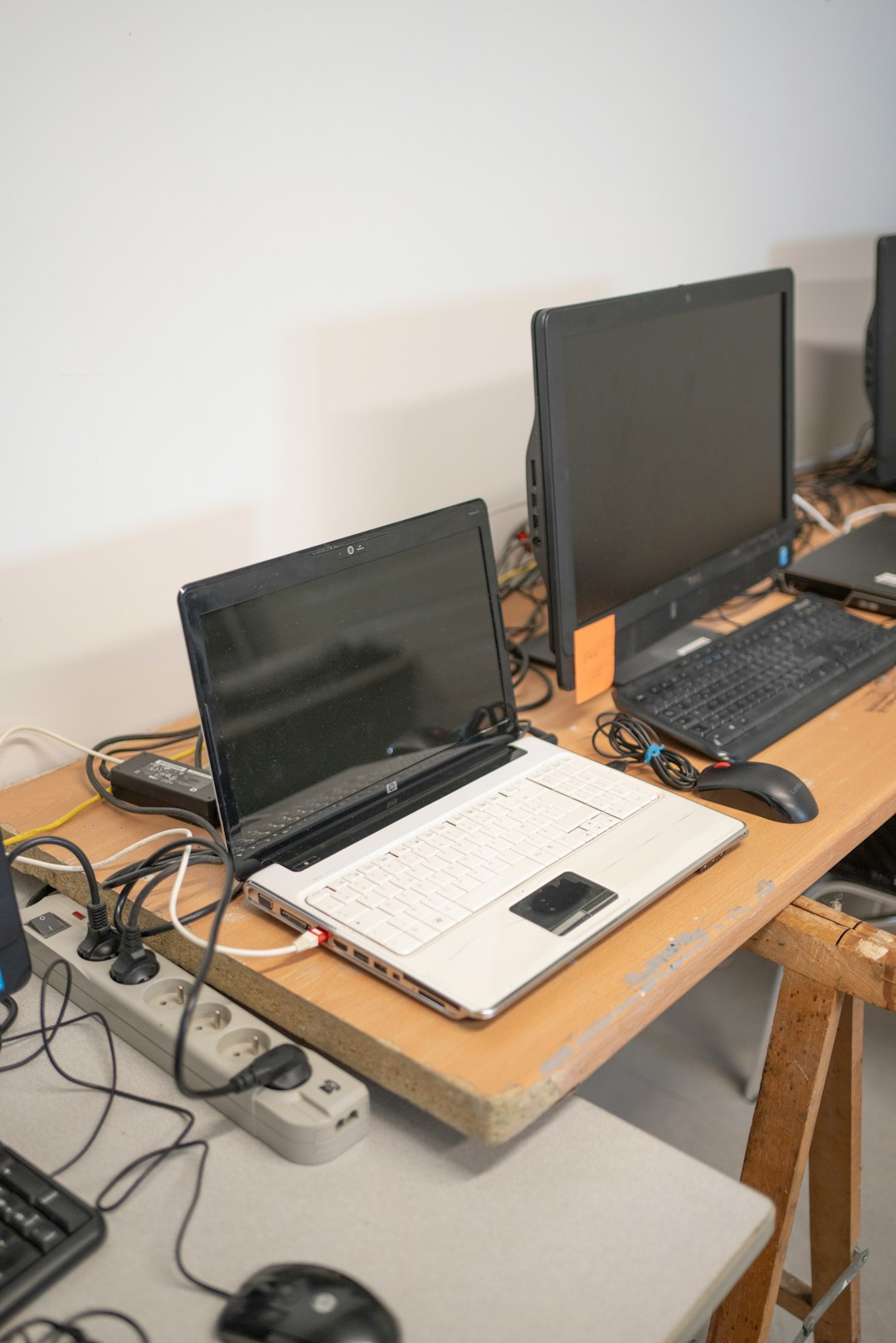Experiencing a PC stuck on the BIOS splash screen can be alarming, especially if you’re unsure of the cause. This issue often prevents your operating system from loading, effectively rendering your computer unusable. While it can be a sign of hardware failure or misconfigured settings, it’s usually fixable with some systematic troubleshooting.
In this article, we’ll guide you through a series of reliable, step-by-step methods to resolve a PC that freezes at the BIOS screen. Our goal is to offer practical solutions in clear, professional language, so that you can get your system up and running again as quickly as possible.
Understanding the BIOS Splash Screen
The BIOS splash screen is the first thing you see when starting your computer. It typically displays the motherboard manufacturer’s logo and offers options like “Press DEL to enter Setup” or “Press F12 for Boot Menu.” The BIOS (Basic Input/Output System) performs a Power-On Self Test (POST) to ensure that hardware components are functioning properly before handing control to the operating system.
If the system hangs at this stage, something is likely preventing the BIOS from completing POST or detecting bootable hardware. Common causes include:
- Corrupted or incompatible hardware
- Faulty connections or peripherals
- Firmware issues in the BIOS
- Failed hard drive or SSD
- External devices causing conflict

Initial Precautionary Measures
Before diving into hardware disassembly or BIOS tweaks, it’s wise to try a few basic actions. These early steps might resolve the issue without requiring more involved troubleshooting:
- Give it a moment: Occasionally, a PC may take longer than usual to pass POST due to system checks or minor glitches. Wait 60–90 seconds to confirm that it’s truly stuck.
- Check for beep codes: If your motherboard has a speaker, listen for any beep patterns during startup. These can indicate specific errors related to RAM, CPU, or GPU.
- Reboot the PC: Hold down the power button to forcibly shut off the system, then power it back on. A clean restart sometimes clears temporary glitches.
Step-by-Step Fixes for a PC Stuck on the BIOS Screen
1. Disconnect External Peripherals
External USB devices, external drives, printers, and even wireless dongles can sometimes cause BIOS conflicts. Remove everything that’s not essential, such as:
- USB flash drives
- External hard drives
- Webcams and microphones
- Game controllers
After unplugging, restart your PC. If it continues past the BIOS screen, one of the peripherals was likely causing the issue. Reconnect devices one at a time to find the culprit.
2. Clear the CMOS
The CMOS stores your BIOS settings. Corrupted or incorrect values—especially after a BIOS update—can prevent successful boot-up. Clearing CMOS will reset BIOS settings to defaults.
To reset the CMOS:
- Unplug the PC from power.
- Open the case and locate the CMOS battery (a small, round, silver coin-cell battery on the motherboard).
- Remove the battery for about 5 minutes.
- Reinsert the battery and plug in the power.
- Try booting the PC again.
Some motherboards also have a dedicated “Clear CMOS” jumper. Refer to your motherboard manual for specific instructions.

3. Check for Faulty RAM or GPU
Hardware issues can prevent the BIOS from completing POST. Start by inspecting the RAM and GPU:
- Reseat the RAM: Power off and unplug the PC. Remove each RAM stick, clean the contacts gently with a soft cloth, and reinsert them carefully. If possible, try booting with one stick at a time to identify a faulty module.
- Reseat the GPU: If your PC has a dedicated graphics card, power down, remove it, and plug it back in securely. If your CPU has integrated graphics, remove the GPU completely and try a monitor connection to the motherboard’s HDMI or VGA port.
Checking and reseating components is a safe, low-cost way to eliminate hardware seating issues as the source of the problem.
4. Try a Different Boot Device or Enter BIOS Setup
If the BIOS can’t find a bootable device, it may freeze or loop indefinitely. Follow these steps:
- Enter the BIOS setup utility: On startup, press the key shown on-screen (usually DEL, F2, or ESC). If you can access the menu, check boot device priorities to ensure a valid drive is listed first.
- Test with another drive: Try connecting a known, working drive with a valid OS, or boot the system from a USB drive with a bootable installation of Windows or a Linux distribution.
If the system bypasses the BIOS splash screen with a different drive, your original storage device may be failing.
5. Update or Roll Back the BIOS
A failed or incompatible BIOS update—though rare—can cause severe boot issues. If you recently flashed your BIOS before the problem began, consider reverting to an earlier version.
To update or roll back:
- Download the correct BIOS version from your motherboard manufacturer’s website.
- Create a bootable USB drive using the tool or instructions provided on the website.
- Use the built-in BIOS flash utility, if accessible, to perform the update.
Warning: BIOS flashing is risky and should only be attempted if you’re confident in the process. An error during flashing can render the motherboard unusable.
When to Suspect a Motherboard Failure
If you’ve tried all the above and the PC still won’t get past the splash screen—even with minimal components connected—it’s time to consider a serious hardware failure.
Indications of a faulty motherboard include:
- No response even after resetting the CMOS
- No beeps or diagnostic lights during POST
- Random power cycling or no power at all
At this point, consulting a professional technician or contacting the manufacturer for warranty support may be the most prudent path forward.
Additional Tips and Preventative Measures
Once your system is running again, consider the following practices to prevent future issues:
- Keep firmware up to date: Monitor your motherboard manufacturer’s site for BIOS and chipset driver updates.
- Use a surge protector: Power spikes can damage the motherboard or corrupt system firmware.
- Label or document BIOS settings: Especially if overclocking, keep notes so you can revert to a working configuration if problems arise.
- Avoid unnecessary USB devices during boot: Some BIOS versions scan USB ports, which can delay or interrupt the boot process.

Conclusion
When your PC is stuck on the BIOS splash screen, it typically signals a hardware detection issue, firmware conflict, or improper configuration. While alarming, the problem is often fixable with deliberate, step-by-step troubleshooting. Disconnecting devices, checking system components, and even resetting or updating your BIOS can help restore your system to a working state.
If you reach the point where none of these measures resolve the issue, professional hardware diagnostics may be necessary. Still, by working systematically, it’s entirely possible to identify—and often fix—the root cause yourself.